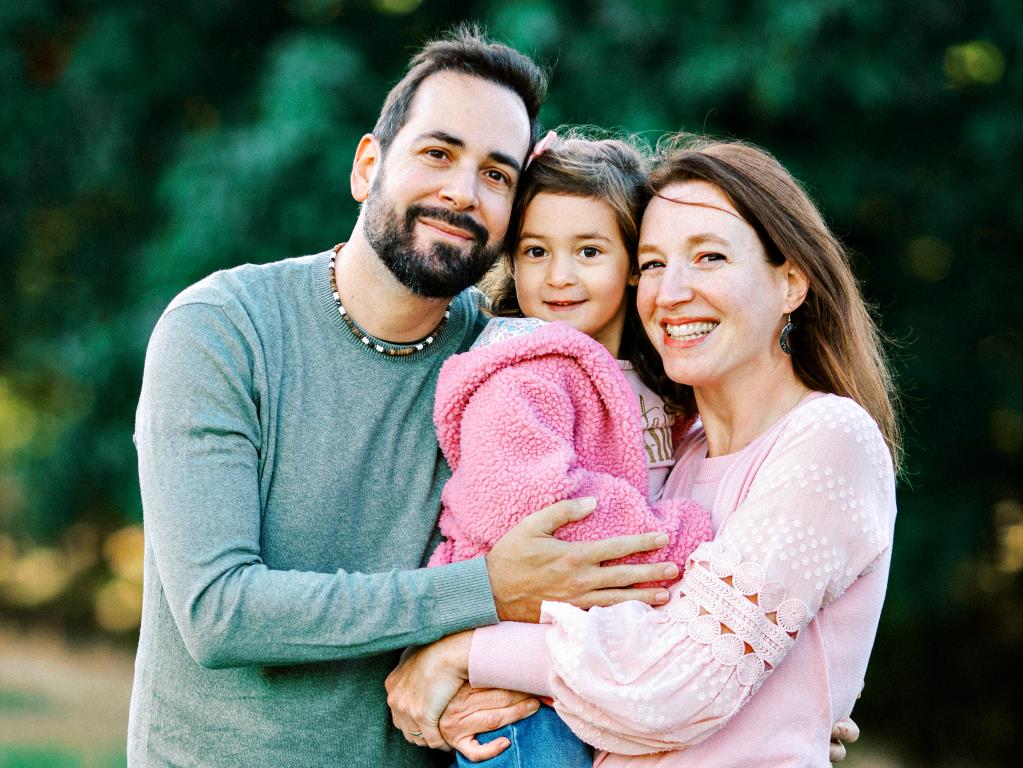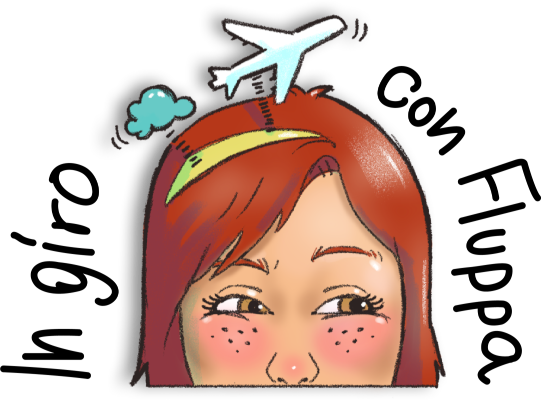How to get to Strasbourg
This time I haven't chosen the easiest way, just because we had to meet Daniela at the airport: London has direct flights to Strasbourg, while Naples doesn't. So I choose Basel airport, within easy reach from both cities.
EuroAirport Basel-Mulhouse-Freiburg is located on the border between France and Switzerland: once landed you need to follow the signs to the French exit.
Right outside the arrivals you'll find the bus stop; take the bus n.11 and in 10 minutes you'll get to St. Louis station (you can buy the bus ticket on board, it's €2.50 - better to carry coins with you). At St. Louis station you'll need to take a regional train to Strasbourg, the rail operator is called TER and it takes about one hour. Trains depart more or less every 30 mins during the week, every hour during the weekend: you can find flyers with train schedules at the station. The ticket is €23.80 per person each way, or at least that's what we paid at St.Louis: at Strasbourg station, instead, buying the return ticket, we got the 2X1 discount, paying €11.90 each. Therefore I suggest you to ask info at the station before buying your tickets.
Where to sleep in Strasbourg
This time I wanted to choose a hotel as close to the city centre as possible, so that we could walk around the city both day and night. Le Kleber Hotel is perfect: it's located on Place Kleber, opposite Galeries Lafayette and 10 minutes walking from all major attractions. Clean, comfortable, stylish and fairly priced: €198 for a triple room for 2 nights, same as €33 each per night!
What to visit in Strasbourg
Strasbourg looks like a large island, mainly because it's surrounded by the Ill river (read ILL). Most of the sites of interest are located in the historic centre, called Grande Île, a place that looks like to have been frozen in time and is on the UNESCO World Heritage List. Unlike the historic centres of Colmar and the Alsatian villages, the one in Strasbourg is enhanced with many monuments, churches, little shops, breweries and bakeries.
Let's see together what's interesting in Strasbourg 😊






































































